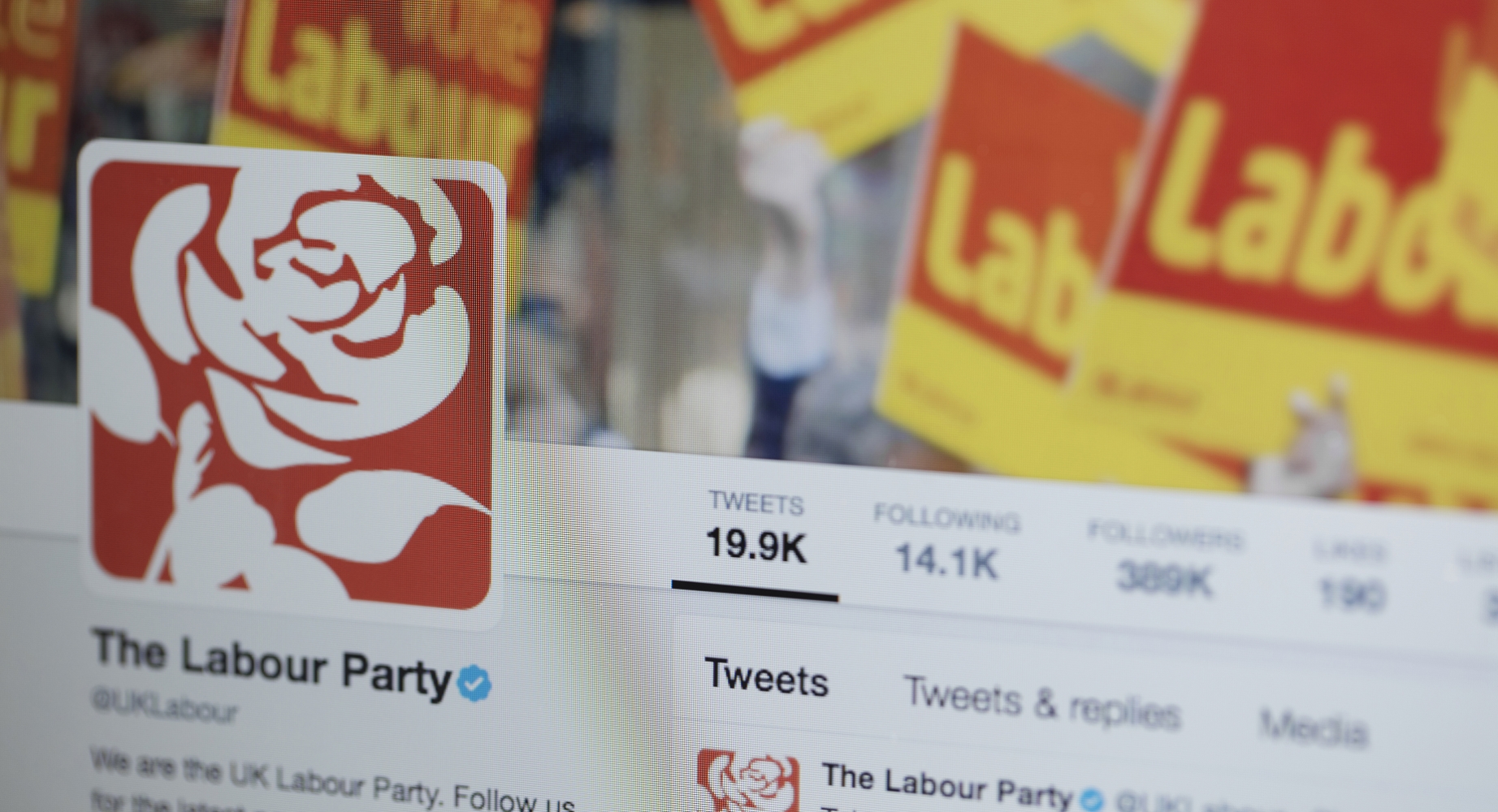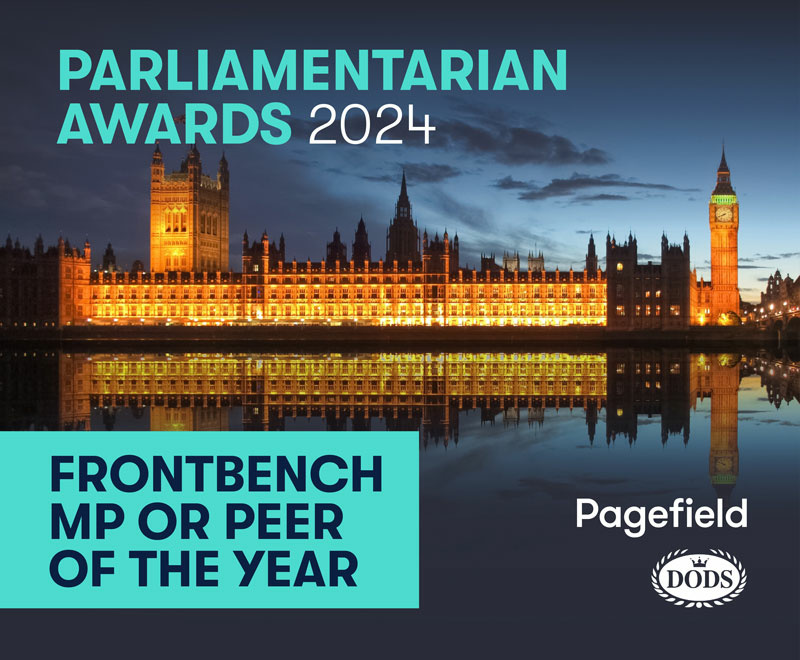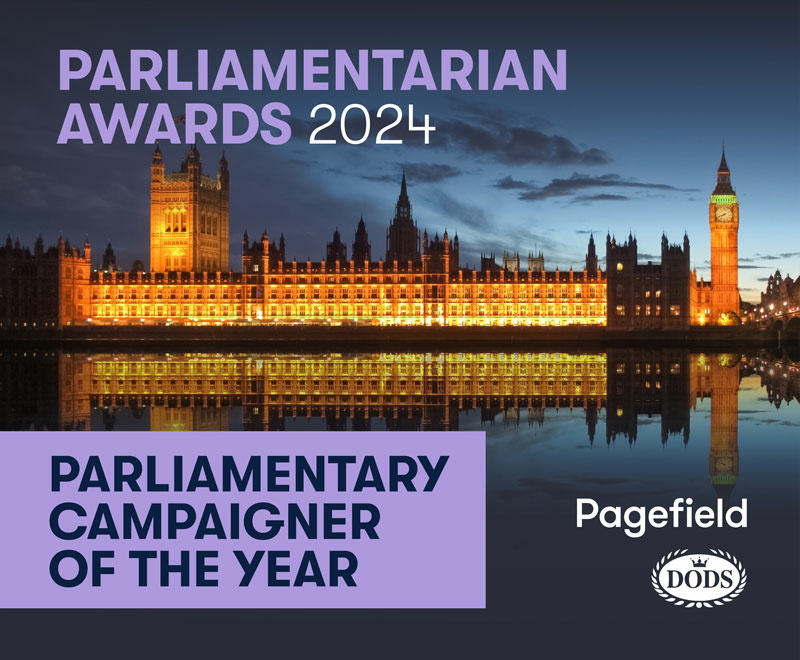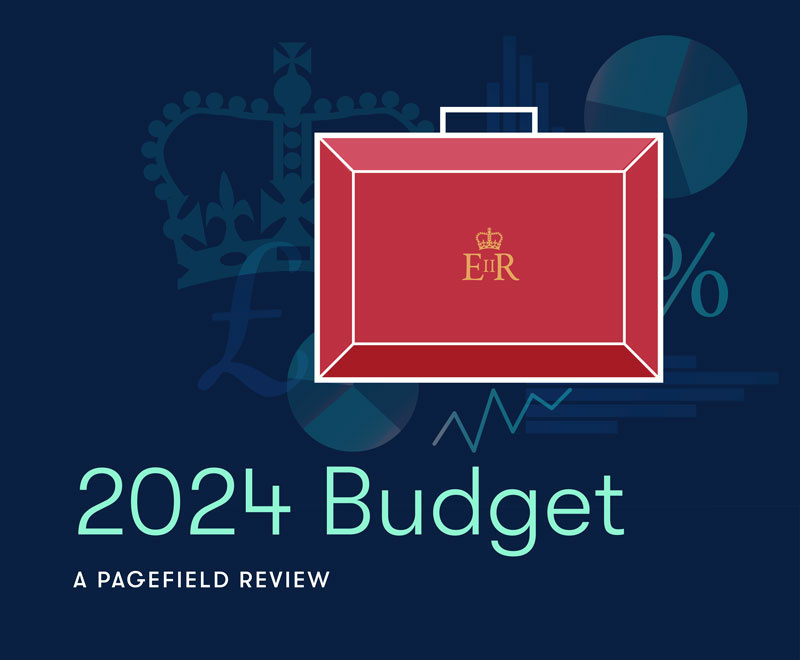With just two weeks to go until polling day the online battle being waged for hearts and memes is reaching its ferocious peak. According to POLITICO, the three main parties have doubled their Facebook ad spend this week to a cumulative total of almost £450,000 – with the Liberal Democrats spending over £50k more than the second highest spenders, Labour.
With so many marginal seats still in play and so many voters still to be reached with Teflon strong messaging crafted from focus groups huddled in local hostelries and hustings halls, how are the Conservatives, Labour and Liberal Democrats creating and distributing content on social media?
Labour
The Opposition’s social media operation benefits from its hyper-mobilised activist base online. Of course, much of this is a reflection of the demographic base amongst Labour supporters. Any official content produced by the Labour Party is guaranteed a high volume of engagement as candidates receive daily briefings including template tweets and Facebook posts, as well as a large quantity of easily sharable video content. This is disseminated both by email and by text to all candidates which makes it incredibly easy for them to merely to click on the links to post content to their social media feeds.
This is vastly improved since the 2017 General Election, showing that the Labour Party has truly stepped up their social media approach. The fact that the content is pre-written also means that candidates and activists are sharing a single, unified message which is reaching large audiences very quickly. After last week’s ITV Debates, Corbyn’s opening salvo about the NHS going on the market under a Johnson Government was clipped and viewed 1.8m times in 12 hours.
However, many would point to the non-party channels or outriders promoting Mr Corbyn online as the key to their digital strategy. The likes of Novara Media capture the attention of young voters online, while Momentum’s meme machine, despite being an arguably diminished force on the ground, remains a powerful tool online by posting fiercely anti-Conservative and anti-Johnson propaganda.
Where they might be struggling is with a sense of positivity. Corbyn and McDonnell are relying on a disciplined negative narrative to warn those voters who might be flirting with voting Conservative and changing the habit of a lifetime. With an ever-increasing number of floating voters or ‘don’t knows’, it will be interesting to see how this prevailing theme of negativity helps Labour retain key seats.
Conservatives
After a pitiful operation under Theresa May’s leadership and a meagre attempt at going digital during the 2017 General Election, the only way was up for the Conservative Party’s digital operation. It is fair to say that the Tories’ efforts online are quietly impressing, with many within the Westminster bubble showering praise on the new machine.
The speed at which content is being generated on a daily basis is noteworthy. Graphics and videos of the Prime Minister in high visibility jackets and hard hats are now sprawled over the internet. Everywhere Johnson goes he is accompanied by his digital team capturing those candid moments interacting with students, staff and voters.
The traditional graphics and images of the Prime Minister campaigning are contrasted with many simple memes and emojis the central office team are giving to Cabinet Ministers to promote online. One may also point out that the tone of attack on Corbyn and his allies has altered. It is ever so slightly more jovial rather than the previous go-to strategy of waging a full-blown war on the Labour leader’s past activity.
As always, the Conservatives’ challenge online is numbers. There are certainly more younger Tories fighting online than there were two years ago, but they do not have anywhere near the scale of the Opposition’s activist base.
Liberal Democrats
An admirable effort from the Lib Dems so far across social media. Up until the last couple of days they have maintained rigid message discipline (‘Revoke Brexit’) and have put their leader front and centre. However, with new polling suggesting that the more voters see of Swinson the less likely they are to vote for her and canvassers reportedly worried by how the Lib Dem’s landmark Brexit policy is being greeted on doorsteps expect that to change in the next few days.
What won’t change is the simple and engaging content that is being created. Much like the Conservatives, the Lib Dems appear to have reasoned that there’s no such thing as bad engagement, as they persist with widely derided short video clips of Jeremy Corbyn as a puppet and false imaginings of WhatsApp conversations between rival party leaders.
The Lib Dems might be spending most on Facebook advertisements right now – perhaps explained by their relatively small share of voice across traditional media channels – but is it enough to reverse their decreasing popularity in the polls? Should they keep it up then the next couple of weeks will be the latest fascinating case study into how effective the digital dollar is at swaying voters.




